The most likely cause: the fungus, Septoria cucurbitacearum, can infect leaves and fruit and many cucurbits. The fungus survives on host debris for more than a single year as mycelium. Pycnidia are produced on infested debris and then form conidia, which are moved by splashing or wind-blown rain. Disease is favored by cool, wet weather in the spring or late summer.
Symptoms Lesions on leaves start as small, dark, and water-soaked under moist conditions but lighter, nearly white, and often circular under dry conditions. Small black specks (pycnidia) may form on older lesions. Leaf lesions are common on winter squash and pumpkin but are not common on summer squash. Fruit lesions appear as small, white “pimple-like” spots on fruit.
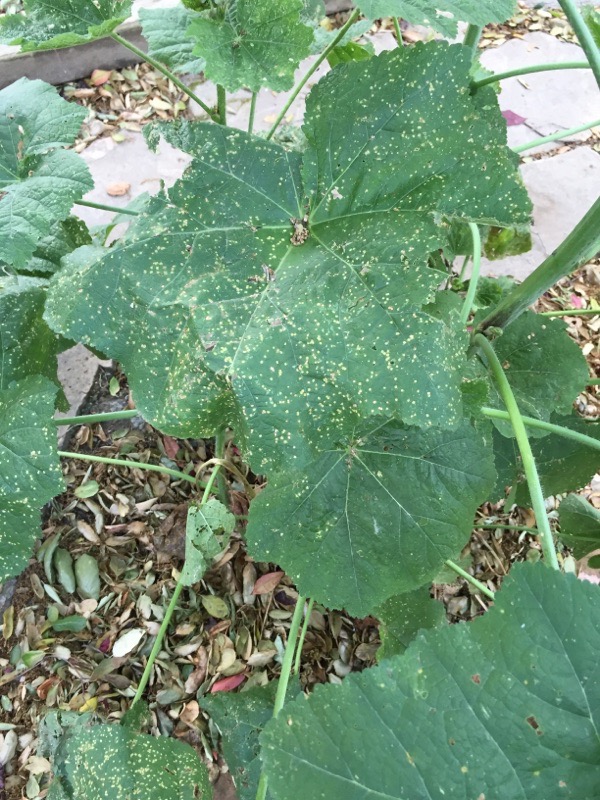
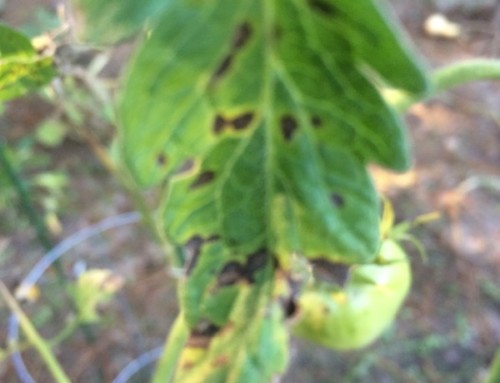
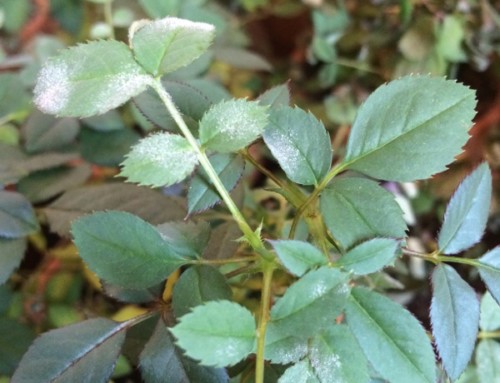
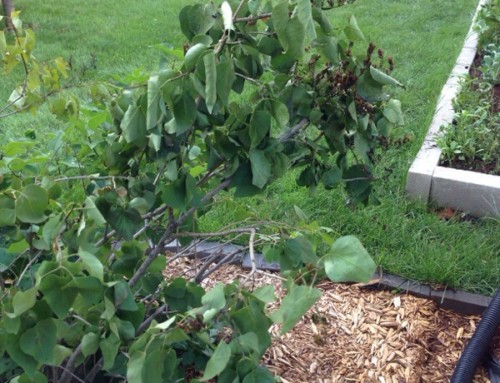
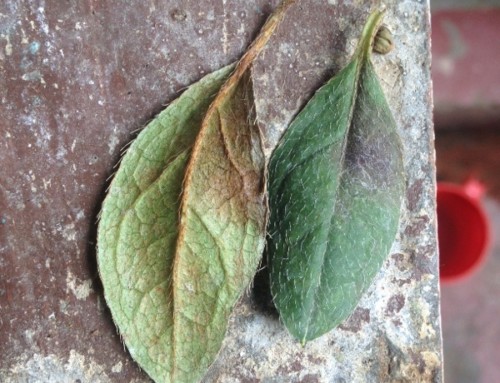
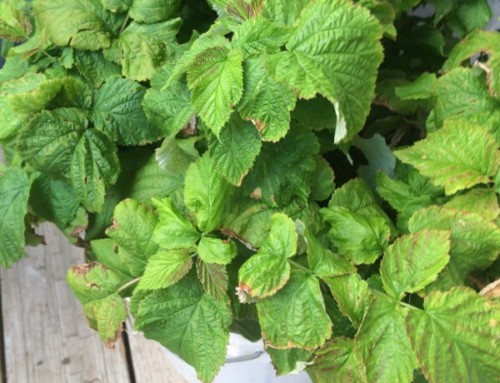
Leave A Comment